The Nvidia RTX 3080 vs AMD RX 6800 XT debate is hotly argued as both are undoubtedly the flagship graphics cards of their respective generations.
Although the RTX 3090 and RX 6900 XT are technically the faster GPUs, they come at inflated prices which diminish their bang for buck considerably and are really only recommendable to those with the deepest of pockets and highest of performance demands.
If you want top-tier performance at a comparatively affordable price and the kind of 4K gaming power that could only be dreamed about a year ago, then the RTX 3080 and RX 6800 XT are the two cards that should be highest on your radar.
Chillblast regularly gets new stock of both these super-powered GPUs, so you’ll have a choice of either when it comes to buying a new gaming PC.
Which one is right for you though, very much depends on the games you want to play, and the features you most want to take advantage of.
The Nvidia RTX 3080 Vs AMD RX 6800 XT – By the Numbers

It has to be said that the RTX 3080 and RX 6800 aren’t directly comparable in most areas, as they’re built differently and use different technologies to attain their raw performance in rasterization and ray-traced lighting scenarios. That’s especially true when it comes to leveraging upscaling technologies like Nvidia’s deep learning super sampling (more on that later).
However, it never hurts to start with a look at the specification table for each card to look at their hardware make-up, and where they draw their performance from.
| GeForce RTX 3080 | AMD Radeon RX 6800 XT | |
|---|---|---|
| Base Clock | 1.44 Ghz | 1.82 GHz |
| Boost Clock | 1.71 GHz | 2.25 Ghz |
| Memory Size | 10 GB | 16 GB |
| Memory Type | GDDR6X | GDDR6 |
| Memory Bandwidth | 760.3 GB/s | 512.0 GB/s |
| Bus Width | 320-bit | 256-bit |
| GPU Cores | 8,704 CUDA cores | 4,608 Stream processors |
| RT Cores | 68 | 72 |
| Tensor Cores | 272 | N/A |
| Architecture | Ampere | RDNA 2.0 |
| Process Size | 8 nm | 7 nm |
| ROPs | 96 | 128 |
| Graphics Card Power | 320W | 300W |
| Recommended PSU | 750W | 750W |
| DirectX 12 Support | Yes | Yes |
| Nvidia DLSS | Yes | No |
| PCIe Gen 4 | Yes | Yes |
The underlying technology of both cards in this case is pretty close.
Nvidia dropped down from its 12nm process with Turing to a much more refined 8nm Samsung node – very close to the 7nm TSMC node used in AMD’s RDNA2 RX 6000 cards, giving neither a particular advantage over the other. Both also support the latest generation PCIExpress 4.0, although even the RTX 3090 barely saturates an x16 PCIE 3.0 slot, so this still isn’t particularly necessary.
Where the numbers begin to diverge is in the GPU core counts. But, not only are Nvidia and AMD’s GPU core designs vastly different from one another, how they measure them is too.
Architectural Improvements
Nvidia’s entire Ampere generation saw a massive leap in CUDA core count over their predecessors. That’s partly because of improvements in the architecture letting Nvidia cram more on to the die. But it’s also because Ampere can leverage INT32 (integer) CUDA cores for floating point (FP32) calculations as necessary, typically handled by just the FP32 CUDA cores.
That’s why we haven’t seen a near-doubling of performance over the RTX 2080 Ti with the 3080, as its listed CUDA core count implies. It’s not nothing either, though, and is a major factor of why the RTX 3080 is just so powerful.
AMD hasn’t been as forthcoming with the makeup of its new-generation RDNA2 graphics architecture, making it hard to make a direct comparison with the RTX 3080 on these sorts of numbers. However, if we do a little GPU maths, we can make some educated guesses before diving into real performance numbers.
The RX 6800 XT leverages 72 compute units to deliver its 4,608 stream processors – that’s almost double the 40 found in its previous flagship, the RDNA1 5700 XT.
As we’ll see when we dig into real-world performance benchmarks, this proves to be a much more accurate performance tracking measure for AMD’s intergenerational improvements.
Clock Speed and Memory Configuration
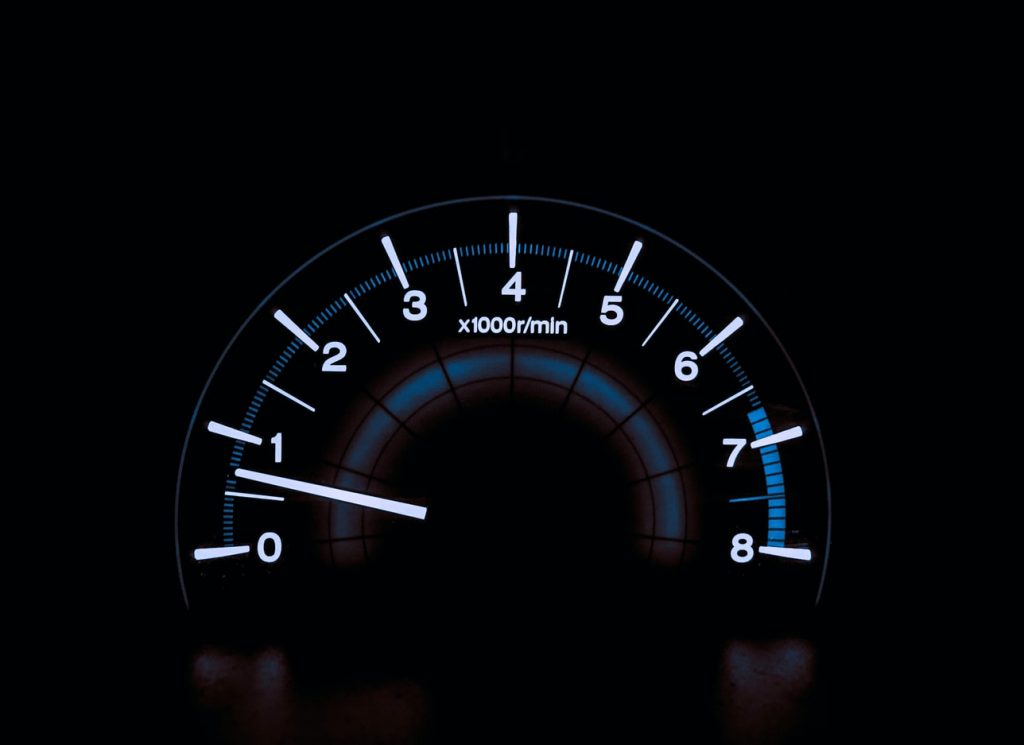
Elsewhere in the specifications, AMD has placed a greater emphasis on clock speed to ring out its high-end performance. Although it fudges the numbers a little with its lack of an official base clock and with boost clock claims that rarely last for more than a few seconds unless you have particularly good cooling.
The memory configuration between the two cards is the most intriguing difference between them that could have real performance implications in the future. AMD offers 16GB of slower GDDR6, but with its Infinity Cache feature, which gives faster access to the most oft-access data. Under AMD’s own claims at least, that should massively boost the effective memory bandwidth of the 6800 XT.
The RTX 3080 uses a more traditional memory makeup with just 10GB of faster GDDR6X, made in conjunction with Micron Technology, giving it a faster raw memory bandwidth than the 6800 XT.
Now, let’s take a look at how all this plays out when these cards are put through their paces.
3080 Vs 6800 XT: True Gaming Powerhouses
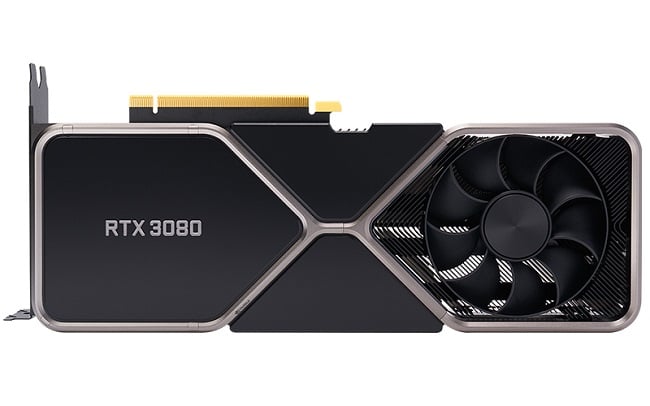
Both the RTX 3080 and RX 6800 XT were marketed as 4K gaming graphics cards and they definitely fit that title. But they both excel in different games and offer some unique features which might make it worth picking one over the other.
HardwareUnboxed’s detailed comparison of these two cards shows that both are incredibly capable of gaming at any of the three most popular resolutions, with frame rates in almost all games (including modern AAA titles) almost hitting or eclipsing 100 FPS at 1440p, and 60 FPS at 4K.
Both cards have games they particularly excel at, too, as they typically feature specific optimizations for that manufacturers’ hardware
. GeForce-enhanced titles like CyberPunk 2077 and Control show notable frame rate advantages for the RTX 3080 at both 1440p and 4K, making the games far smoother at both resolutions. The RX 6800 XT hits back though in Assassin’s Creed Valhalla, where it’s as much as 20% faster at 1440p, and 11% faster at 4K, again making for a much smoother high-resolution gaming experience.
Your Choice Of Resolution Is Important
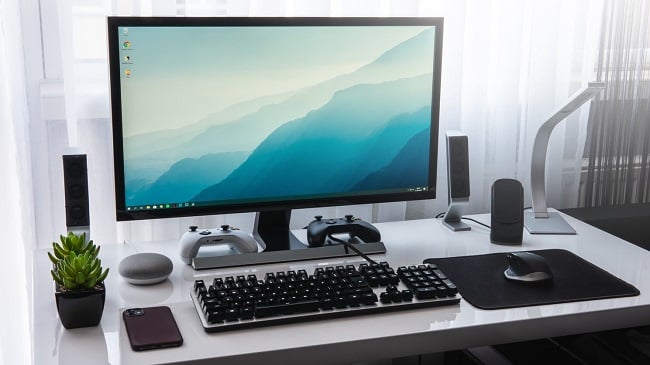
However, the cards trade blows back and forth in a variety of other games, with some favouring the 6800 XT and others the RTX 3080. If you’re looking to upgrade your graphics card or gaming PC to play a specific game, it would be a good idea to look at the performance numbers for that specific game with a similar CPU and memory configuration to yours.
However, if you’re looking to play a range of games, the best card is much more dependent on the resolution you want to play at.
When amalgamating the results of each of the individual game tests, HardwareUnboxed highlighted that the RX 6800 XT tended to lead more often than not at 1440p resolution, while the RTX 3080 was more often the leader at 4K. It’s not cut and dry across every game, especially when you factor optimized titles, but that’s the general trend.
It is worth considering, too, that the RX 6800 XT may be a more future-proofed card thanks to its additional 6GB of GDDR6 memory. It’s possible that upcoming AAA games will demand more than the RTX 3080’s 10GB to play at 4K with all visual settings at maximum, but there is no guarantee that that’s the case and developers aren’t likely to spend much time offering visual features for a very select base of GPU owners.
That said, ray tracing was once a niche feature supported by very few GPU owners too, and look where we are today.
Ray-tracing and Supersampling
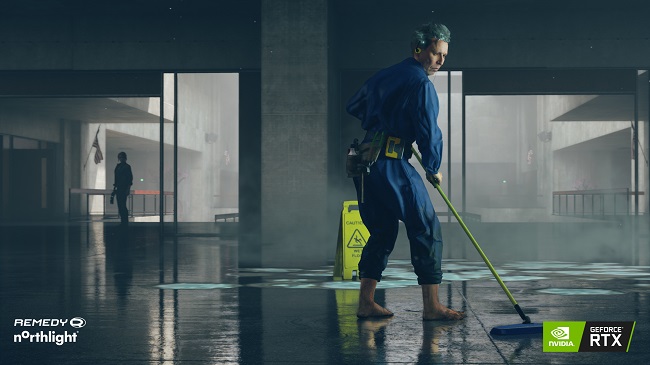
When it comes to additional features like ray-tracing and supersampling, and specifically the performance associated with them, it becomes a little easier to make a specific GPU recommendation.
The RDNA2 architecture at the heart of the RX 6800 XT is AMD’s first GPU to support hardware-accelerated ray tracing, and each of its 72 compute units includes a single ray accelerator. That makes it fully compatible with all existing games with ray tracing, most of which were previously exclusively enjoyable in that fashion on Nvidia’s RTX hardware.
It is, however, at a very much first-generation level of acceleration, and it shows in the performance numbers.
In comparison, the RTX 3080 is nowhere near as hamstrung by the performance impact of ray-traced lighting. Digital Foundry’s ray tracing performance benchmarks show it negatively affecting frame times on the RX 6800 XT about twice as much as the RTX 3080. That leads to much more playable frame rates and lower frame times on the Nvidia GPU with ray tracing enabled, especially at higher ray-traced detail settings.
This effect is only exacerbated if the game you want to play can leverage Nvidia’s deep learning super sampling (DLSS) technology. This smart upscaling effect can lead to a huge boost in frame rates with or without ray tracing, but when ray tracing leaves its mark on your FPS, you can bring it back to much more typical (non-ray-traced) levels by using both technologies at once.
AMD’s Lack Of A DLSS Equivalent
Not only does the RX 6800 XT have worse ray tracing performance in general, but AMD doesn’t have a comparable technology to DLSS available at this time to close the gap, leaving it well behind when DLSS is a viable solution.
That’s not to say it won’t in the future, with AMD promising its own DLSS-alternative, known as Fidelity FX Super Sampling at some point in 2021. What effect that will have on AMD GPU performance and visual quality remains to be seen, so for now, it isn’t the best card for ray tracing purposes, especially if DLSS is also supported.
The option is at least there, though, making the cards comparable on some features, even if gamers looking to play ray-tracing games extensively, or even exclusively, should aim for an RTX 3080.
CPU Pairing
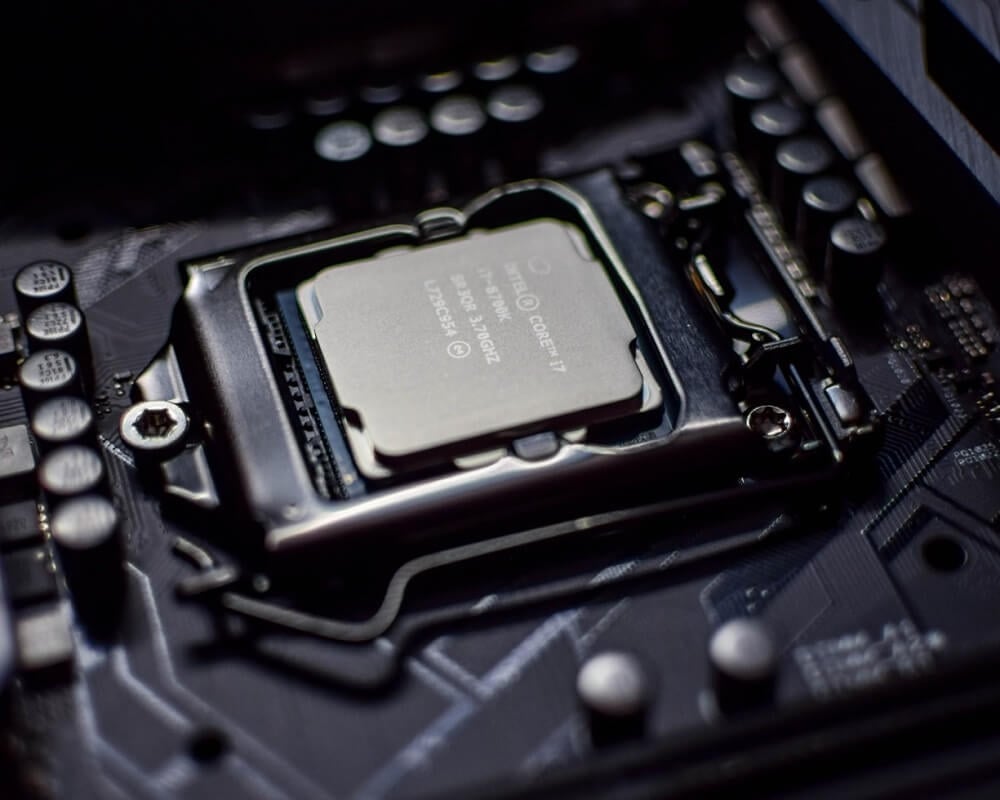
Picking the right processor for a gaming PC isn’t as important as it once was. This is especially true when gaming at higher resolutions with a powerful graphics card, where the GPU will do much more of the heavy lifting.
However, whether you’re buying a new custom gaming PC or just a new GPU, it’s a good idea to consider how well your new card might pair with your existing, or future processor.
When it comes to raw gaming performance, the AMD Ryzen 5000 series processors offer the best experience, even eclipsing that of the new Intel 11th-generation Rocket Lake processors. They are typically more expensive though, so depending on your budget and motherboard preference, it is always worth considering both sides.
That’s also an important consideration with the RTX 3080 and RX 6800 XT, as these cards both support Resizeable BAR, a feature that allows the CPU to access an entire frame buffer in full, rather than in smaller 256MB chunks.
That can improve gaming performance by a few percentage points, which is a nice bonus considering it’s entirely free. It’s supported across all Nvidia RTX 3000 graphics cards and on both AMD and Intel CPUs – all you need is a compatible graphics card and the latest Nvidia driver.
On AMD GPUs, however, there’s the option of Smart Access Memory which is AMD’s version of Resizeable BAR that has the potential to offer even greater performance gains. In games that have been specifically optimized for it, there have been performance improvements of as much as 20% in some tests. You will, however, need an AMD CPU and GPU to take advantage of it.
Nvidia RTX 3080 vs RX 6800 XT – The Takeaway
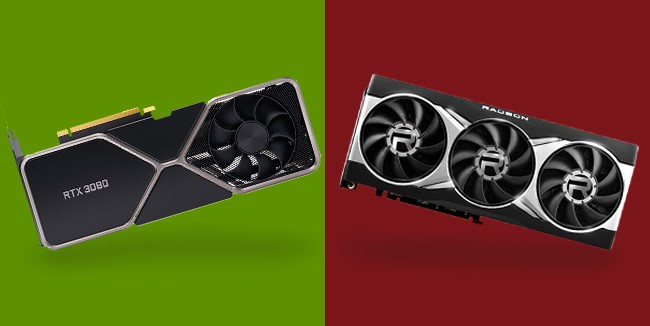
So, when it comes down to it, which of these top-tier graphics cards is the best?
In terms of raw performance, especially at 4K, the RTX 3080 is the better card, especially when you factor in its greater capacity for ray tracing. Plus, DLSS offers an optional way to boost frame rates to higher levels and mitigate the performance impact of ray tracing.
The RX 6800 XT is no slouch, though, and offers credible competition for the RTX 3080 in a variety of games, even beating it in some. That makes it worth considering if you play those optimized games, or if you game more often at 1440p resolution.
Its feature set isn’t quite as robust, but there is the potential of AMD’s Fidelity FX Super Resolution feature being more software agnostic than DLSS. If it proves to be more universally supported, that could be a killer feature to have later this year. There are no guarantees, however, so consider that something to hope for rather than plan for.
Whichever card you pick, Chillblast regularly receives new stock of both, so if you don’t fancy braving the scalpers and lotteries of GPU retail in 2021, consider buying a Chillblast custom gaming PC with one of these behemoth GPUs. You won’t be disappointed.






